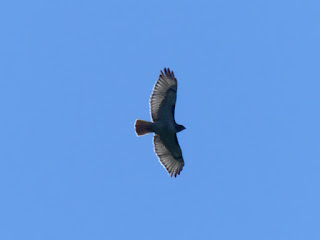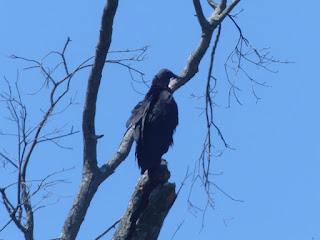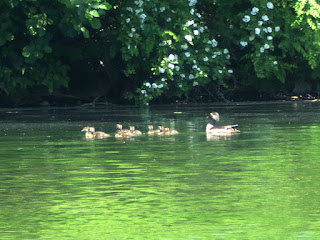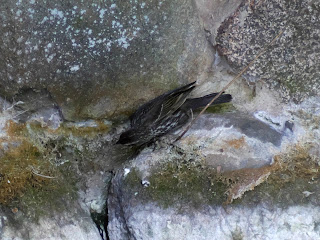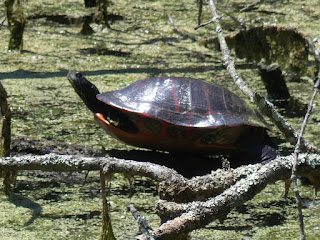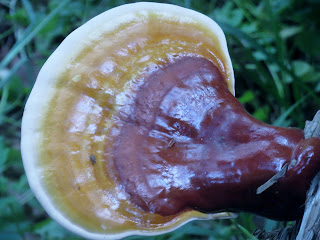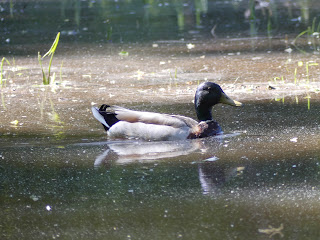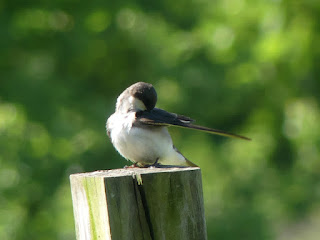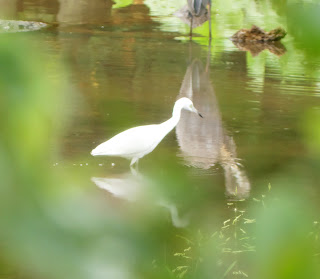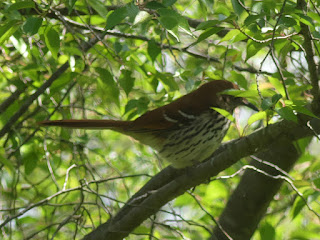A Turkey Vulture and Friends

Here's a Turkey Vulture and its friends, or at least friendly coworkers. You might look up at 1 (obviously good-looking) Turkey Vulture and think: "You're not so tough!". May 27, 2023 at Fairview Farm Photo 300288198, (c) jpviolette, some rights reserved (CC BY-NC) But then you realize the Turkey Vulture has brought backup! May 27, 2023 at Fairview Farm Though this wasn't an especially large wake of vultures , it was of respectable size. I doubt they've got many predators, so I suspect vultures like each other's company. The Raptor Trust reports that wild vulture's often fly down to commune with their resident vultures. Though it's not uncommon for mixed Turkey Vulture and Black Vulture wakes, I'm pretty sure all of these were Turkey Vultures.




